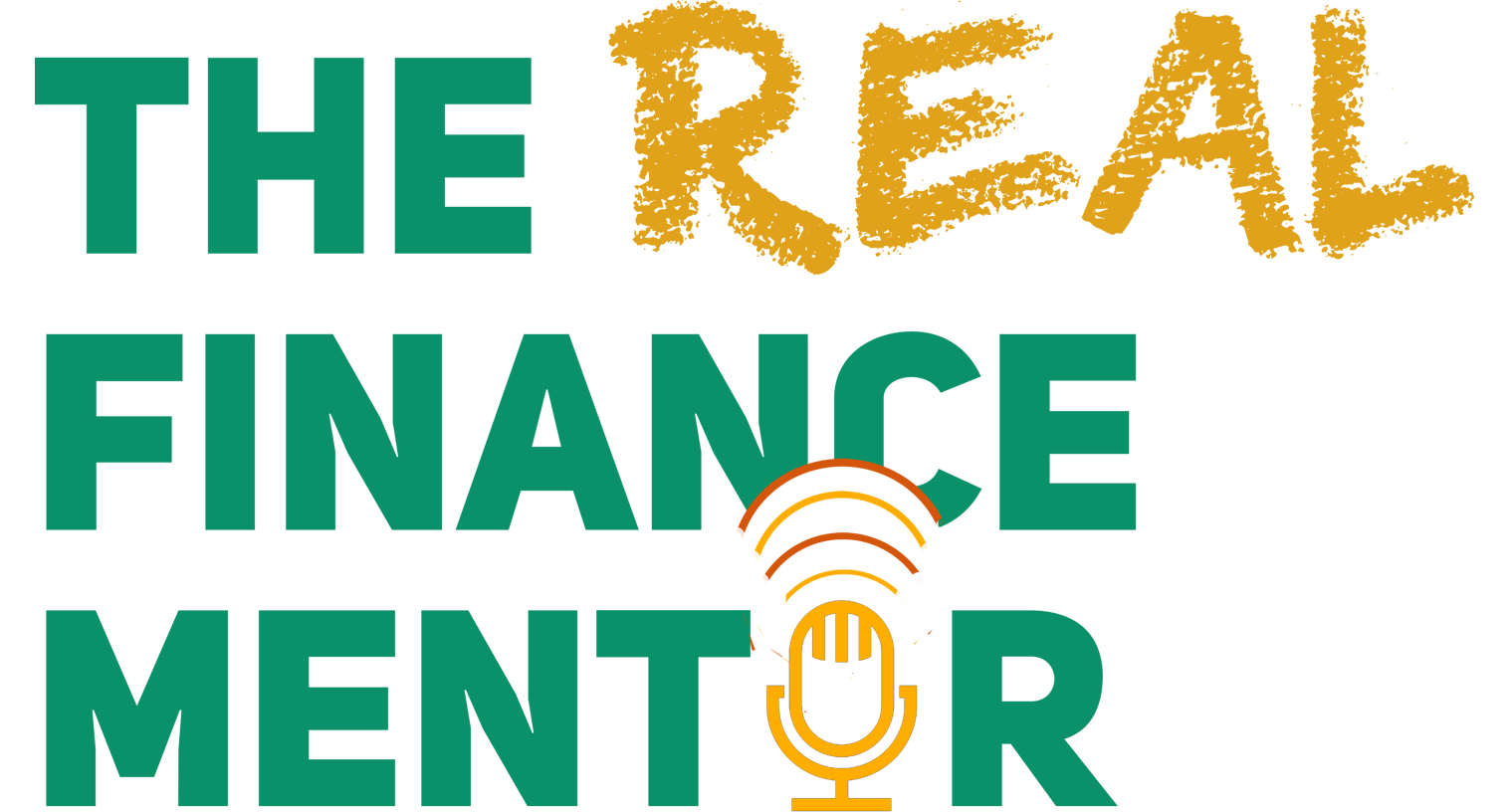Inflation and where to invest
The debate about inflation continues to rage on.
Rising inflation
US consumer prices continued to surge in June 2021, rising at the fastest pace since August 2008.
The CPI increased 0.9% last month from May, when prices rose at a 0.6% clip. From a year earlier, total CPI jumped 5.4% after rising 5% a month earlier.
These rates were much higher than expected.
How is inflation affecting the market?
Interestingly, post the release of the latest inflation numbers, markets were signaling that long-term inflation isn’t a concern.
While the 10-year Treasury yield down a tick to 1.36%, the two-year Treasury yield rose to 0.24%, implying that investors were betting on tighter Fed policy in the coming two years.
It looked like investors and traders expect the Fed to move sooner to tighten policy, putting a cap on inflation risk and reducing the compensation that bond investors demand for inflation over the long term. The market probably cares less about whether inflation is transitory or not and more about the ability of the Fed to rein in inflation.
In the stock market, rate-sensitive banks (.SPXBK) fell 2.0% even as JPMorgan Chase & Co (JPM.N) and Goldman Sachs Group Inc (GS.N) reported higher-than-expected quarterly earnings.
Why it may NOT be transitory
For indications of stickier inflation, watch rents. In June, rent of primary residences increased 0.2%. Shelter not only makes up about a third of overall CPI but is also stickier and this continues to creep higher. Some say rents can go even higher because rents tend to lag home price rise by 12 to 18 months and home prices as everyone knows have been on a tear.
Previous inflation releases mostly showed price increases in a few energy-related areas. But the June increase looks more broad-based and includes some core components of CPI, notably the services component. The bulk of the inflation came from price increases in services like airfares and hotels as well as used cars.
One worrying aspect is that the base effect is fading. We have always known that inflation would rise in 2021 partly due to the negative inflation between March and June 2020 (the low base) and that was used to explain some of the price rise in 2021. But this effect is reducing with the string of negative monthly inflation numbers having ended in June 2020.
Core inflation, which excludes the volatile food and energy categories, has now exceeded 0.7% for three consecutive months. It has averaged 0.84% month-over-month since April 2021, which translates to annualized inflation growth of 10.1%. One data point does not make a trend, but three in a row are tough to dismiss.
Why it may be transitory
Demand bursts and supply shortages connected to the US economy’s reopening have undoubtedly pushed prices higher.
The headline CPI numbers have shock value and nothing more. This is because a big reason for the overall prices increase is a jump in one secluded area of the economy: used car prices. Once you grasp that a third of the increase in inflation is used car prices, the transitory picture becomes clear. This huge rise in used car prices isn’t sustainable and will probably reverse at some point soon.
It looks even more transitory when you understand why user car prices are rising. On the supply side, there is a fall in car production as most cars these days use computer chips which are in short supply. There’s been a chip shortage because a) efficiency driven car makers used just in time inventory and were caught flatfooted when chip supplies fell, b) consumers stocked up on laptops, gaming consoles and other electronic products during the pandemic, leading to more demand for chips and tighter inventory and c) Sanctions against Chinese tech companies have reduced chip supply. On the demand side, this is mostly being driven by car rental companies, desperate to restock after offloading their fleets at the height of the pandemic. It’s actually a perfect storm!
Another reason is the continued drop in forward prices for lumber and other goods that experienced sharp increases because of supply chain bottlenecks.
The base effect mentioned above is fading but it’s not gone.
Where to invest in such an environment
As usual, this depends.
If you believe that inflation is transitory and that US economic (and earnings) growth have peaked in Q2, that means many cyclical stocks (e.g., energy, airlines, materials, industrials) may have peaked and hence are to be avoided.
You don’t have to believe in peak earnings to avoid cyclicals. Yes, the reopening is still in progress and revenue and profits in many sectors may continue to rise. But this was widely expected and most of this has probably been baked into equity prices, leaving limited or no upside.
That also means avoid bank stocks. Banks make more money with higher market volatility (more income from bond and equity trading) and that has fallen in 2021 and may continue to fall. Banks also love an upward sloping yield curve (more lending income) driven by higher inflationary expectations. You can already see that- JPM and GS stocks fell on 13 July despite stellar Q2 numbers.
But my problem # 1 is that with cyclicals it’s Uber tough to gauge entry & exit points and cycles can turn suddenly. You can easily get into deep shit buying at the top of the cycle and then you’ll have to wait for an indeterminate amount of time for the cycle to rise again.
With that view, invest in select US large cap growth stocks because not only are some of these relatively reasonably valued (e.g., FAANG), many are propelled by secular forces which are not so dependent on the economy (e.g., ecommerce, digital ads, cloud computing), are profitable with strong cash flows, and will give higher returns in a low-rate environment.
FAANG may come back with a bang.
Image Credits: https://www.foodnavigator-asia.com/

